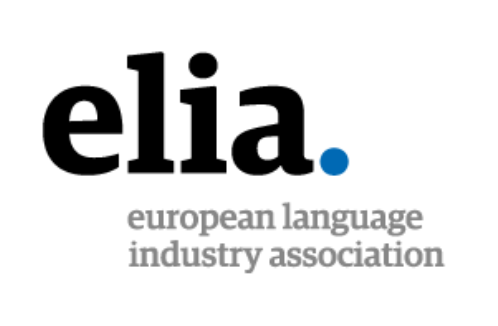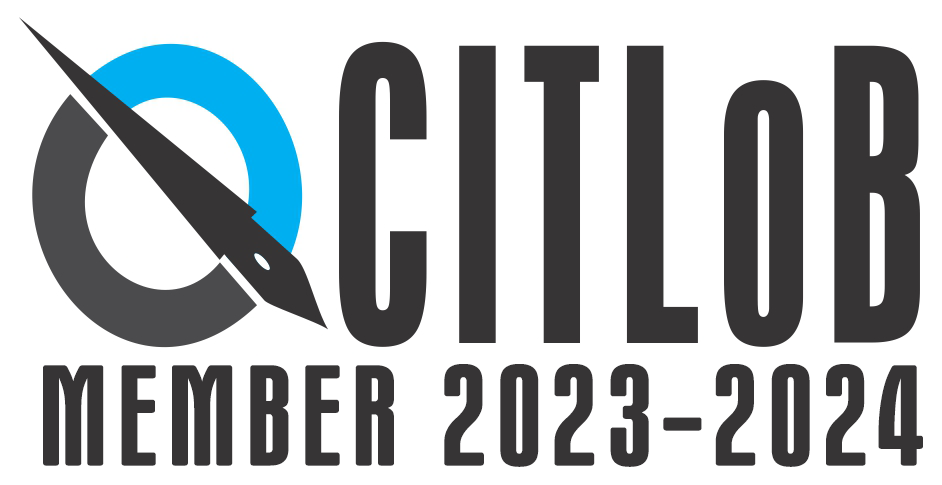In the digital age, where information flows seamlessly across borders, the translation industry has undergone a monumental transformation. One of the most remarkable advancements in this evolution is the emergence of Neural Machine Translation (NMT). This groundbreaking technology is reshaping the translation landscape, redefining efficiency, accuracy, and accessibility. In this blog, we delve into the pivotal role of Neural Machine Translation in the modern translation industry.
Understanding Neural Machine Translation (NMT):
Neural Machine Translation is a cutting-edge approach to translation that leverages artificial neural networks, mimicking the human brain’s language processing capabilities. Unlike its predecessors, NMT considers entire sentences rather than individual words, resulting in more coherent and contextually accurate translations. This transformative technology has paved the way for a new era of translation that marries computational power with linguistic finesse.
Elevating Translation Efficiency:
NMT’s proficiency lies in its ability to process vast amounts of data and provide near-instantaneous translations. This efficiency is especially valuable when dealing with extensive content volumes, allowing businesses to connect with global audiences swiftly. Manual translation processes, once time-consuming and resource-intensive, are now expedited through the power of NMT, freeing up valuable human resources for higher-value tasks.
Enhancing Translation Accuracy:
The intricate nature of language often poses challenges for accurate translation. NMT’s context-aware algorithms excel at grasping nuances, idiomatic expressions, and colloquialisms, resulting in translations that not only convey the literal meaning but also capture the intended message’s essence. The technology’s self-learning ability refines translations over time, enhancing accuracy with each iteration.
Catering to Global Audiences:
The rise of NMT has democratized translation, making it more accessible to diverse audiences. NMT’s multilingual capabilities enable businesses to communicate with customers, partners, and stakeholders in their preferred languages, fostering inclusivity and global engagement. This accessibility transcends geographical and linguistic barriers, opening new horizons for international growth.
Augmenting Human Expertise:
While NMT is undeniably powerful, human expertise remains indispensable. The synergy between NMT and human translators is where the true magic happens. Professional linguists, armed with cultural insights and contextual understanding, fine-tune NMT-generated translations, ensuring accuracy, cultural sensitivity, and the preservation of human creativity.
Future Possibilities:
As NMT continues to evolve, the translation industry’s future is brimming with possibilities. The integration of AI-driven technologies, such as NMT, promises real-time translation across diverse media – from video subtitles to live chats. This real-time accessibility has the potential to reshape international communication, education, and cross-cultural collaboration.
Conclusion: Redefining Global Communication
Neural Machine Translation has emerged as a transformative force in the modern translation industry. Its blend of computational power and linguistic sophistication has elevated translation efficiency, accuracy, and accessibility to unprecedented levels. NMT has not replaced human translators, but rather empowered them to focus on the nuanced, creative, and culturally sensitive aspects of their craft. As we move forward, the symbiotic relationship between NMT and human expertise promises to redefine how we communicate, connect, and comprehend in a truly globalized world.




